The old fashioned ‘diet’ food that’s low in calories and high in protein
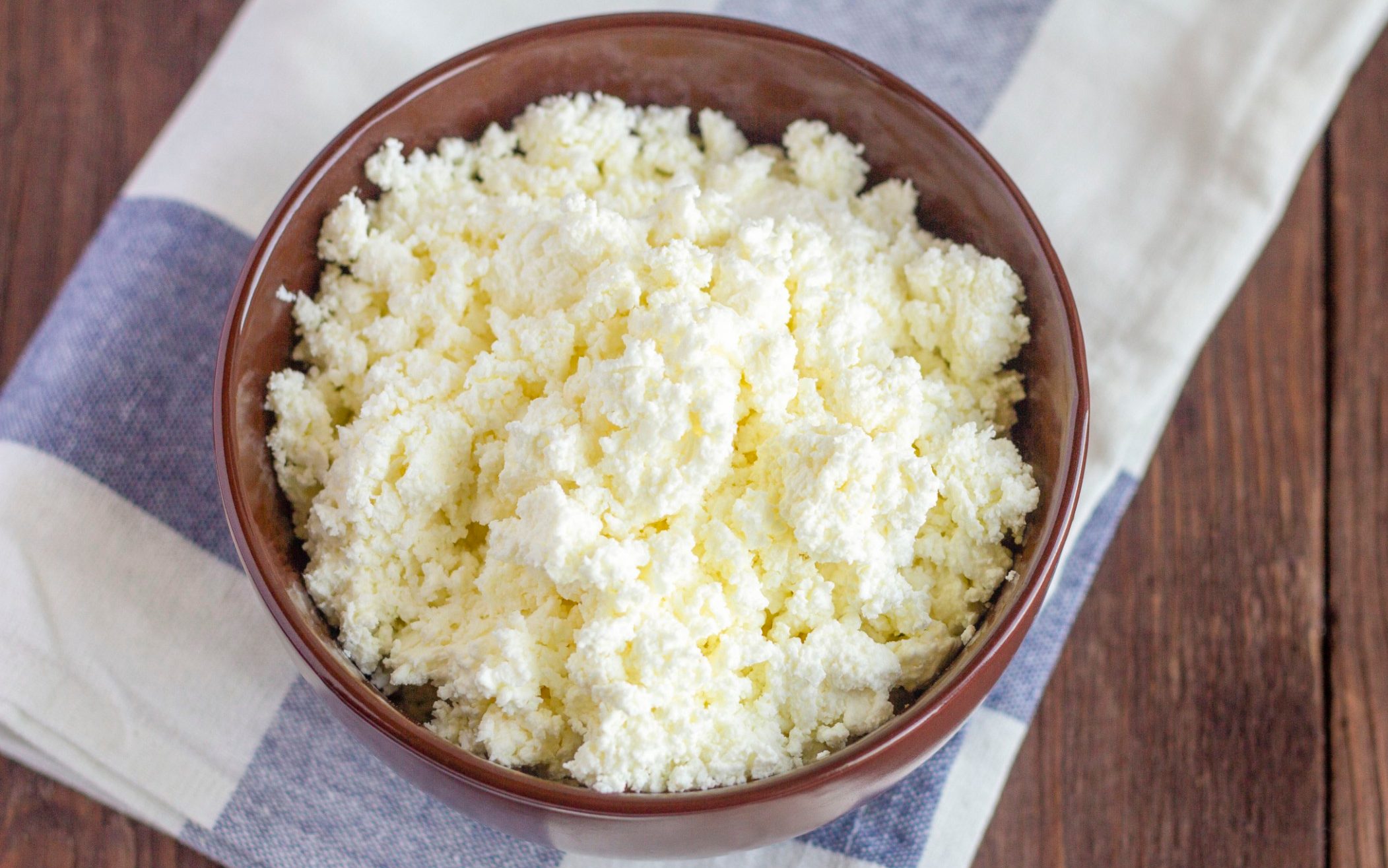
And is it truly the healthiest option when it comes to cheese?
Skip to:
- What is cottage cheese?
- Can cottage cheese possibly aid in losing weight?
- How does it compare to other cheeses in terms of taste and quality?
- Does cottage cheese offer a range of essential vitamins and minerals?
- Does it improve the overall functioning of the digestive system?
- Can this be beneficial for building muscle and increasing bone density?
- What's the healthiest way to consume cottage cheese?
- Cottage cheese recipes
What is the composition and manufacturing process of cottage cheese?
– cottage cheese.
Does this food provide a high amount of protein?
The nutritional content of this product can be considerable, says Kalinik, even though the texture it produces is not always the most appealing. This is because the curds contain casein, a protein found in milk, which forms lumps when acid is added.
She informs us that casein protein is a complete protein because it contains all nine essential amino acids. Casein protein has been touted as a weight loss aid, which has been a popular topic of discussion among modern lifestyle influencers.
Your body demands a substantial amount of protein to construct and restore muscles, tissues, and cells, produce and manage hormones, maintain proper digestion, and oxygenate your blood.
Yes, that's correct. Proteins are crucial, and fully developed ones are even more so. They're composed of 20 distinct amino acids, 11 of which our bodies can create, but we can only obtain the other nine by consuming them. So-called complete proteins, such as found in casein, consist of all nine essential constituent components.
You might want to note that whey is a complete protein, but your body processes it in its own unique way.
Can cottage cheese be a useful tool for weight loss?
The calorie count for a one-hundred-gram serving of Sainsbury's cottage cheese is 111 kilocalories. A comparable serving of Sainsbury's own-brand mature cheddar cheese equals 416 kilocalories.
Like eggs, cottage cheese has a high level of satiety, or the ability to make you feel full after eating.
When it comes to weight loss, it's about adopting a healthy eating pattern over time, and there are no shortcuts or quick fixes, according to a leading nutrition expert at Zoe, a company focused on health science.
How does your preferred cheese compare to others in terms of its nutritional value?
Here is the paraphrased text:
All cheese nutrition values are based on a 30g serving
Compared to other cheeses, cottage cheese is a relatively healthy option, ranking as one of the lowest in calories, nearly tied with ricotta at 31 calories per 30g serving. In contrast, cheddar cheese is significantly higher at 125 calories per serving. Additionally, cottage cheese has the lowest amount of saturated fat among cheeses examined, with approximately 1g per serving, while Stilton cheese has substantially more at 6.9g per serving.
Cottage cheese pulls ahead of ricotta in terms of protein content, offering 3.75 grams per 30-gram serving, compared to a relatively low 2.1 grams. Nevertheless, those that prefer strong-tasting cheese can celebrate, as cheddar cheese boasts the highest protein content at 7.6 grams per serving, though its high salt content is something to consider.
Recommended
Is halloumi healthy?
Does cottage cheese contain a array of essential nutrients, including various vitamins and minerals?
“Based on the data, cottage cheese indeed has a significant amount of protein, and also sits as a good source of key nutrients such as calcium, vitamin B12, and other essential micronutrients,” says Dr. Amati.
There's a compound called Vitamin B12, essential for the proper functioning of the brain. Calcium is crucial for bone and tooth health, although cottage cheese is also a good source of phosphorus, a mineral that's just as important for bone health, as well as riboflavin, a micronutrient that benefits skin and eye health.
How about antioxidants?
Cottage cheese is a good source of selenium, an essential nutrient that helps protect the body from damage" says Amati. "Selenium acts as an antioxidant that helps prevent and delay cell damage caused by free radicals, which are harmful substances produced by the body as it responds to stressors like inflammation or pollution.
One cup (225g) of this food contains about one third of the daily vitamin selenium you need, which is crucial for numerous bodily functions, including reproduction, thyroid health, and building DNA.
Does it genuinely benefit one's digestive system?
This compound, which plays a vital function in digestion and overall health, is not always found in all brands. As a consequence, it's vital to review the label for 'live or active cultures', she advises.
Can cottage cheese serve as a useful tool for building muscle?
The study analyzed the effects on muscle mass and strength from consuming proteins at a slow or fast rate following exercise, and it was unable to detect any disparity.
Eating sufficient protein is crucial," says Amati. "Cottage cheese, for example, is a high-protein food, yet it won't produce noticeable muscle gains on its own - consistent physical effort is also necessary.
What about bone strength?
According to Amati, 90 milligrams of calcium can be found in 100 grams of cottage cheese, whereas a similar amount of parmesan can contain more than 900 milligrams of calcium.
Will this trigger allergic reactions in people?
On the other hand, fresh cheeses contain a much higher amount of lactose than hard cheeses do. One hundred grams of cottage cheese contains about 3.5 grams of lactose, less than mascarpone (4.5 grams) but more than cheddar (0.1 grams). So, "people who are lactose intolerant or have a dairy allergy should steer clear of cottage cheese," notes Amati.
What's the healthiest way to incorporate cottage cheese into my diet?
"Pairing prebiotic powder with fiber-rich foods like berries, whole grain crackers, or seeds is a great way to support a healthy gut microbiome," says Leeming.
Amati references Zoe's famous recipe for cottage cheese protein pancakes (see the recipe below), which cleverly combines fiber, protein, and fat from oats, cottage cheese, and Greek yogurt to slow down the absorption of any sugar, leading to smaller blood sugar swings and a feeling of fullness that lasts longer.
Is cottage cheese a nutritious food choice?
US nutritionists have expressed concerns about cottage cheese, noting that it is high in sodium and should be included in a balanced diet.
"Cottage cheese can be a nutritious part of your diet, but I'd recommend opting for a harder, aged cheese like cheddar or parmesan for greater probiotic advantages," says Kalinik.
According to Amati, your best strategy is to stick to a varied diet rich in plants, and also stay physically active. So if you're a fan of cottage cheese, go ahead and enjoy it. However, if it's not your thing, just let it be - there are plenty of other options. Though Greek yogurt may have less protein than cottage cheese, it has more calcium, lower sodium levels and provides a more consistent supply of live probiotic bacteria. It also has fewer lumps.
Cooking with Cottage Cheese: A Beginner's Guide
Cottage cheese is a versatile and nutritious ingredient that can add protein, texture, and flavor to various dishes. It's a great alternative to regular cheese and can be used in both savory and sweet recipes. When shopping for cottage cheese, look for low-sodium or non-fat options to reap the most health benefits.
**Why Choose Cottage Cheese?**
Cottage cheese is a low-calorie, high-protein food that's rich in calcium, vitamins, and minerals. It's an excellent source of probiotics, which can support digestive health. With its mild, creamy texture and neutral flavor, cottage cheese is an excellent base for smoothies, salads, and dips.
**10 Delicious Ways to Cook with Cottage Cheese**
1. **Breakfast Parfait**: Layer cottage cheese with fresh berries, granola, and a drizzle of honey for a healthy start to the day.
2. **Cottage Cheese Pancakes**: Mix cottage cheese with eggs, flour, and vanilla extract for a protein-packed breakfast.
3. **Salad Toppings**: Sprinkle cottage cheese over salads for extra protein and creaminess.
4. **Hummus Alternative**: Blend cottage cheese with lemon juice, garlic, and olive oil for a healthier dip.
5. **Quiche Filling**: Mix cottage cheese with eggs, vegetables, and spice for a protein-packed quiche filling.
6. **Muffin Topping**: Sprinkle cottage cheese over muffins for added protein and texture.
7. **Fruit Smoothie**: Blend cottage cheese with yogurt, fruit, and honey for a high-protein smoothie.
8. **Cottage Cheese Lasagna**: Layer cottage cheese with pasta, sauce, and mozzarella cheese for a healthier twist on classic lasagna.
9. **Energy Balls**: Mix cottage cheese with oats, honey, and nuts for a healthy snack.
10. **Pasta Sauce Thickener**: Whip cottage cheese with eggs and herbs to thicken pasta sauce.
**Tips for Working with Cottage Cheese**
* Always choose low-sodium or non-fat cottage cheese for the most health benefits.
* Store cottage cheese in the refrigerator for up to 3 days.
* Mix cottage cheese with eggs or flour to create a smooth texture.
* Experiment with spices and herbs to add flavor to cottage cheese.
* Blend cottage cheese with other ingredients to create creamy and smooth sauces and dips.
This versatile and nutritious ingredient is a great addition to any meal or snack. With its mild flavor and high protein content
Even if cottage cheese isn't your thing, these recipes are bursting with flavor, so you won't even realize it's there.
Zoe's Cottage Cheese Protein Pancakes
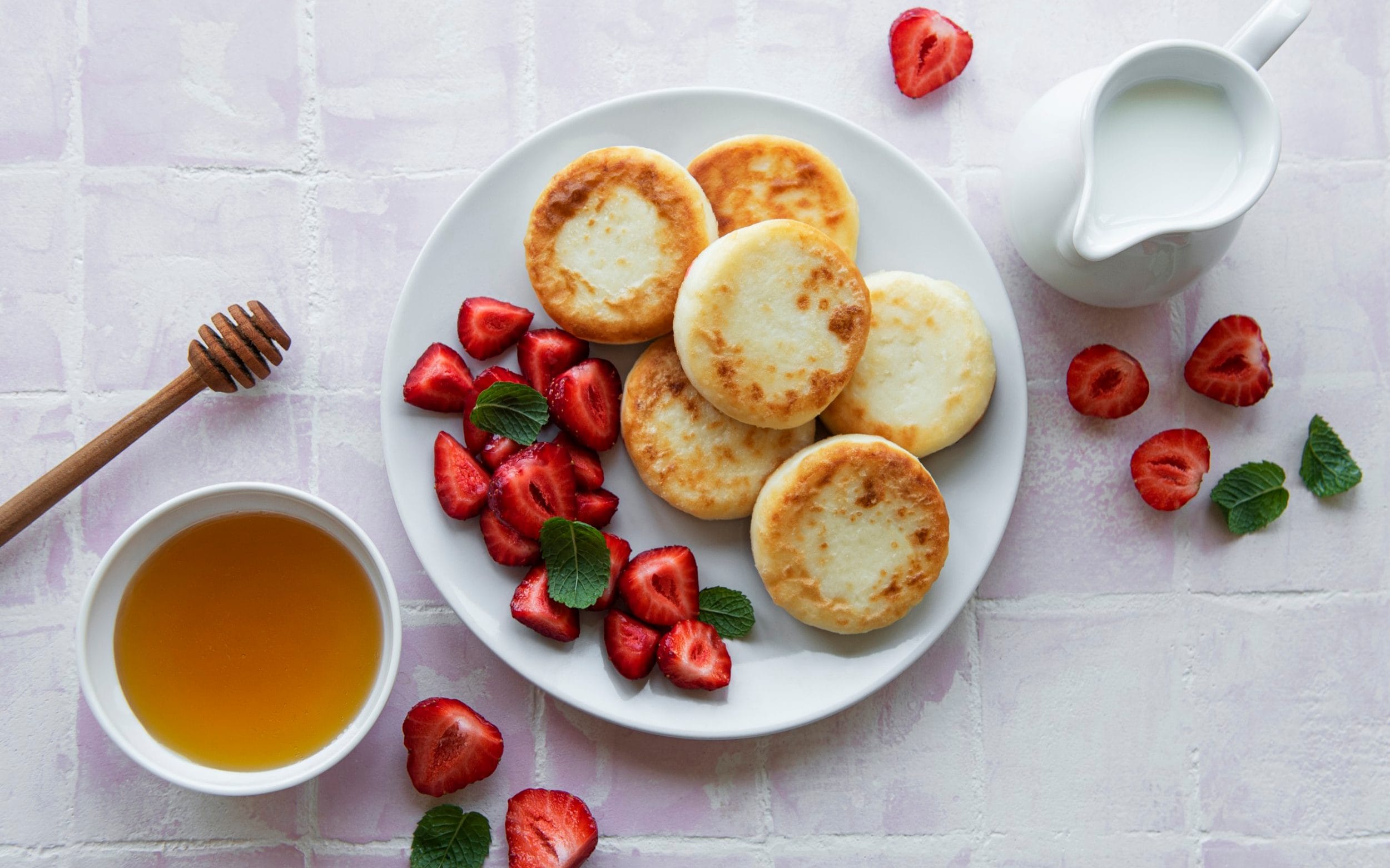
Ingredients:
- 60g oats
- 150g cottage cheese
- Zest of one lemon
- A handful of blueberries
- 1 egg
- A small amount of salt and baking powder
- A splash from some water or milk
- We used Greek yogurt, fresh blueberries, and lemon curd in our recipe.
Method:
- Add the oats to a blender and blend until the oats are finely ground into a flour.
- Combine the remaining pancake ingredients, minus the blueberries, in a blender. Blend them until completely smooth. If necessary, add a small amount of water or milk to achieve a consistency that is thick enough to pour, but still flows freely.
- Once you're satisfied with the batter, gently mix in either fresh or frozen blueberries, reserving some for later use as a topping.
- Heat a skillet over low-medium heat and add a small amount of butter or oil. Next, pour approximately 2 tablespoons of pancake batter into the pan to make each pancake.
- Cook for several minutes on each side and serve with any desired toppings.
Cottage cheese flatbread from
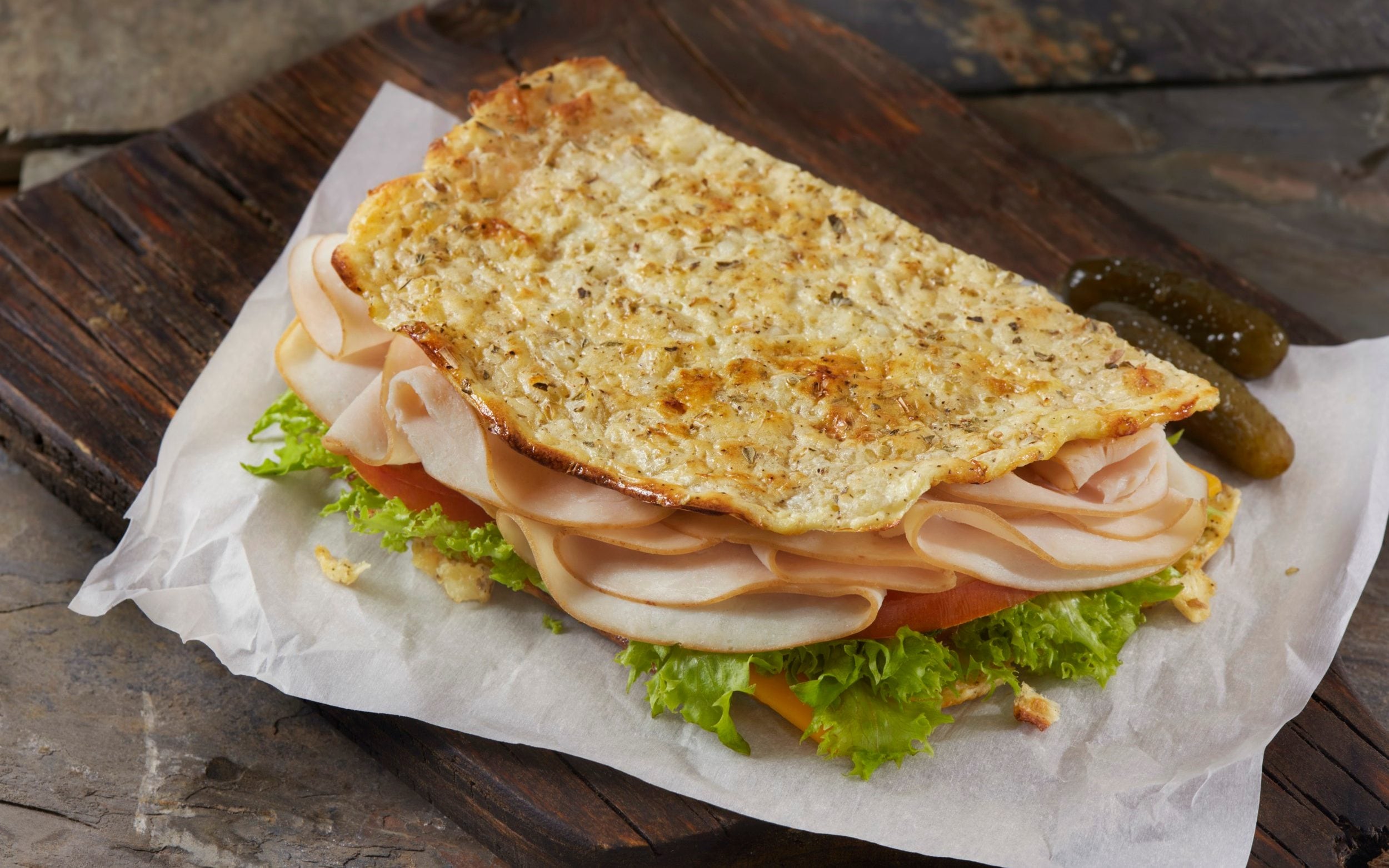
Ingredients:
- 1 cup cottage cheese
- 2 eggs
- 1 tsp garlic powder
- 1 tsp Italian seasoning
Method:
- Combine all the ingredients together in a blender and blend them until they're completely smooth.
- Pour the mixture onto a 9x13-inch baking sheet that has been lined with parchment paper.
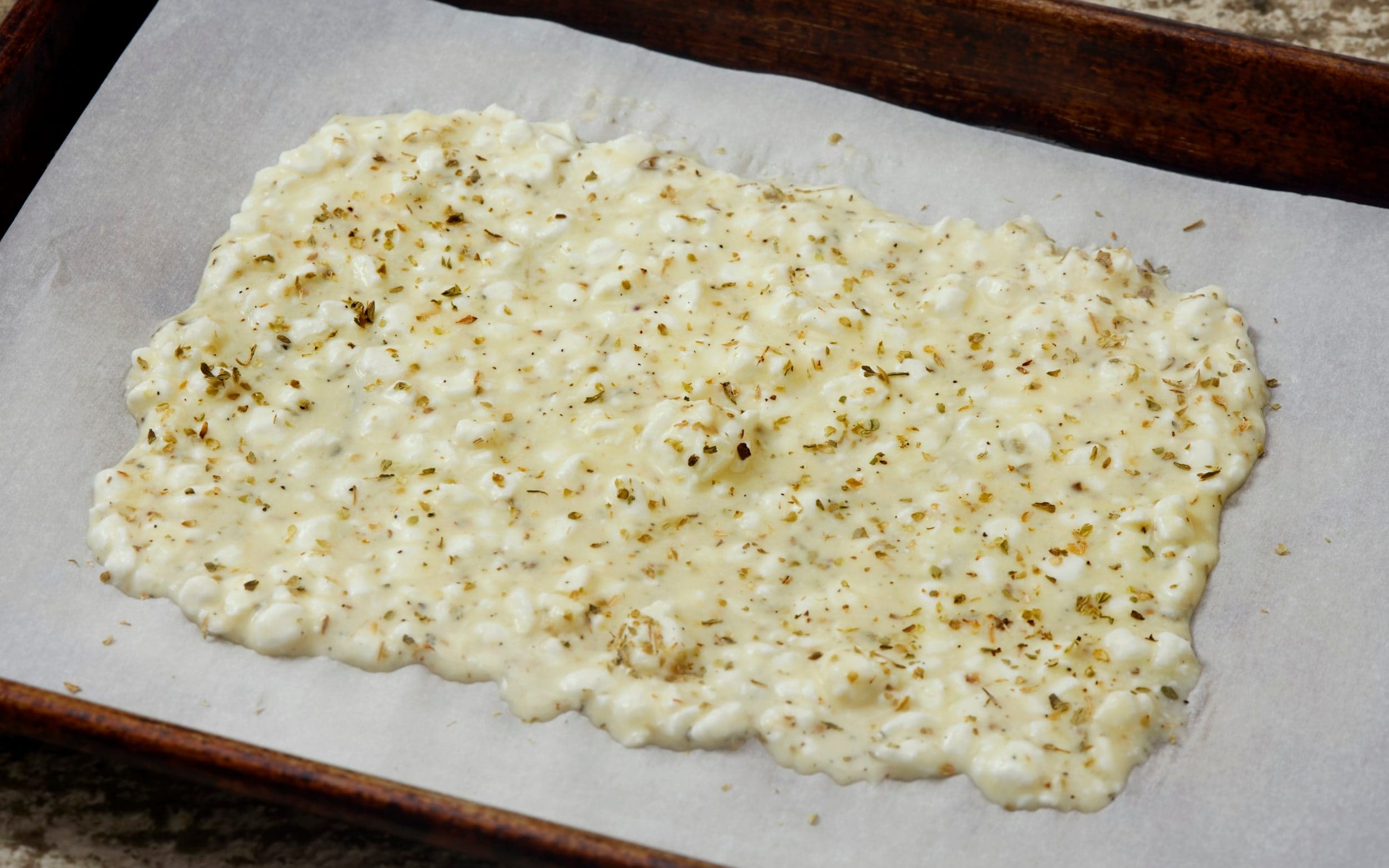
- Preheat the oven to 350 degrees Fahrenheit or 180 degrees Celsius/gas mark 4.
- Cool for 10 minutes.
- This makes 2 flatbreads.
I don't see any text provided. Please provide the text you'd like me to paraphrase, and I'll be happy to assist.
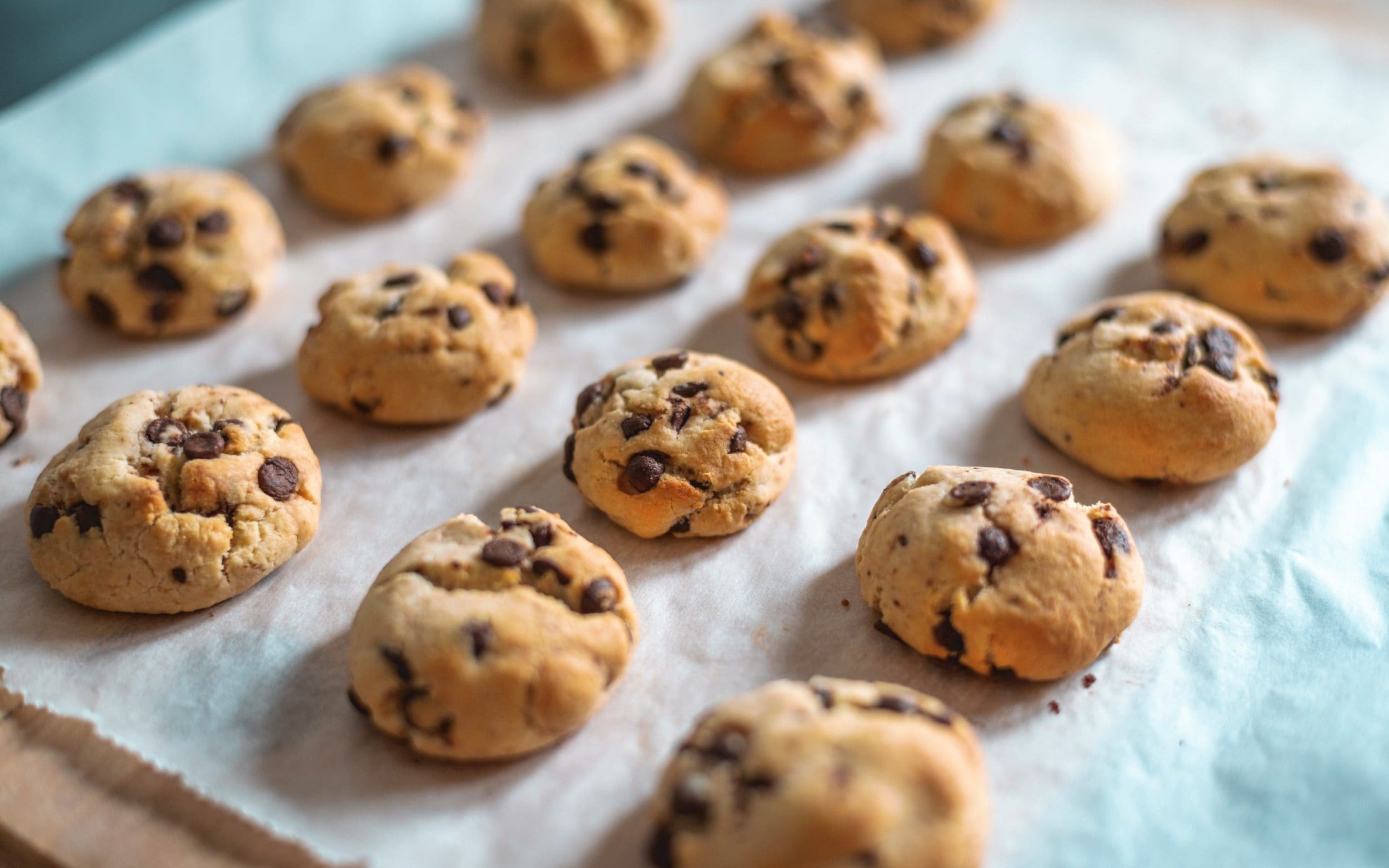
Ingredients:
- Large curd, extra-soft, or extra-plain cottage cheese, typically weighing 250 grams.
- 62g pure maple syrup
- 1 tsp vanilla
- 250g almond flour
- Two tablespoons of melted coconut oil.
- 125g vanilla protein powder
- One and a quarter cups of chocolate chips (plus extra for topping)
Method:
- Set the oven to 350 degrees Fahrenheit and cover a baking sheet with parchment paper.
- Combine cottage cheese, maple syrup, and vanilla extract in a blender. Blend at high speed until the mixture is silky and even.
- Mix together almond flour and protein powder in a bowl. Add the mixture of coconut oil and cottage cheese.
- Mix everything together thoroughly, then gently mix in the chocolate chips.
- Place spoonfuls of cookie dough onto a baking sheet that has been prepared beforehand. Using your hands, gently press the dough down into a cookie shape. Alternatively, you can shape the dough into a ball and then press it flat to achieve a more uniform form. Place a few more chocolate chips on top of each cookie.
- Preheat the oven until the cookies are done after 15-16 minutes, or until the bottom is a light golden brown. Allow them to cool and then you can enjoy.
Recommended
The Good, the Bad, and the Cheesy: Understanding Which Cheeses are Nutritious and Which to Limit
Post a Comment for "The old fashioned ‘diet’ food that’s low in calories and high in protein"